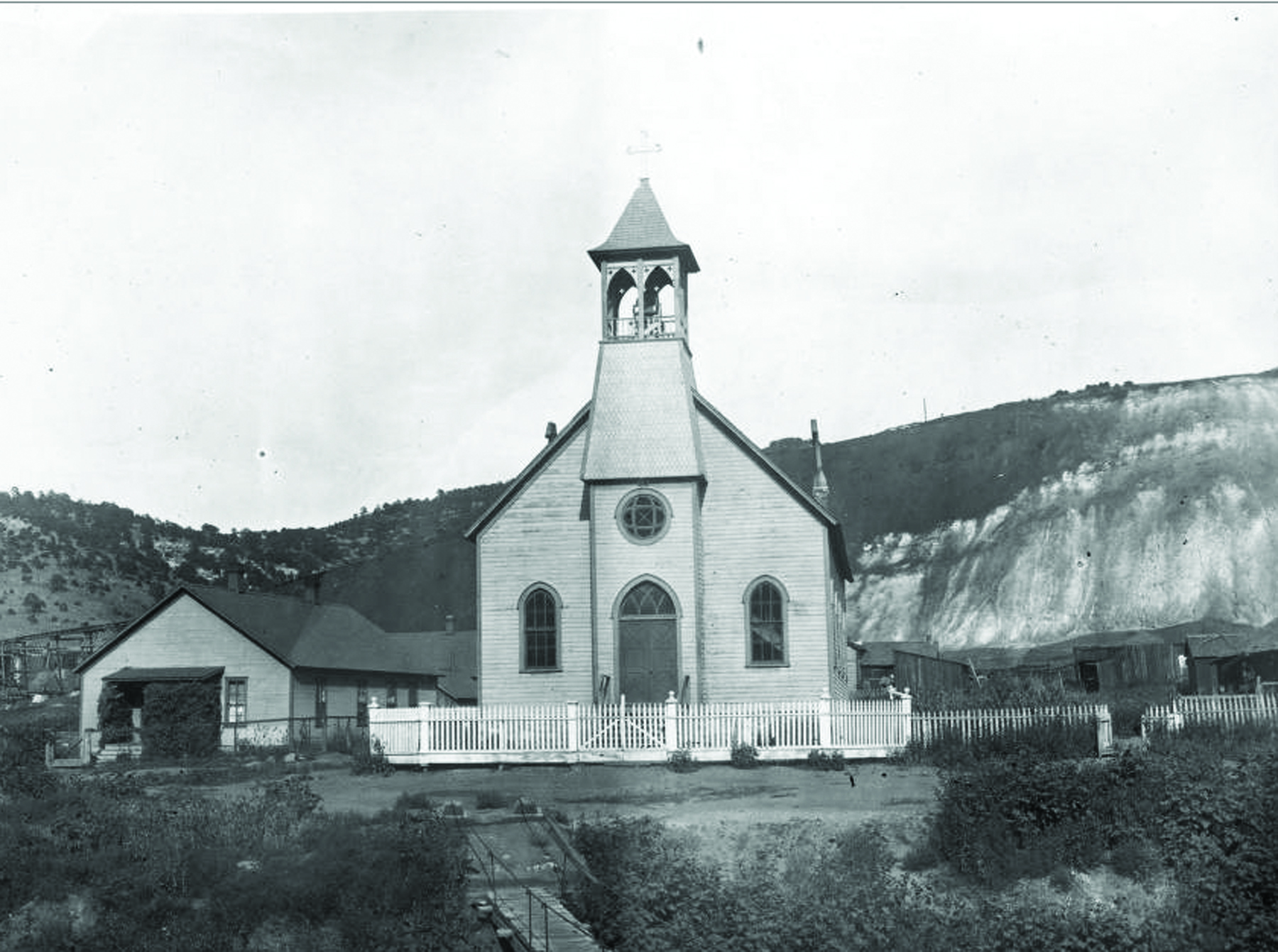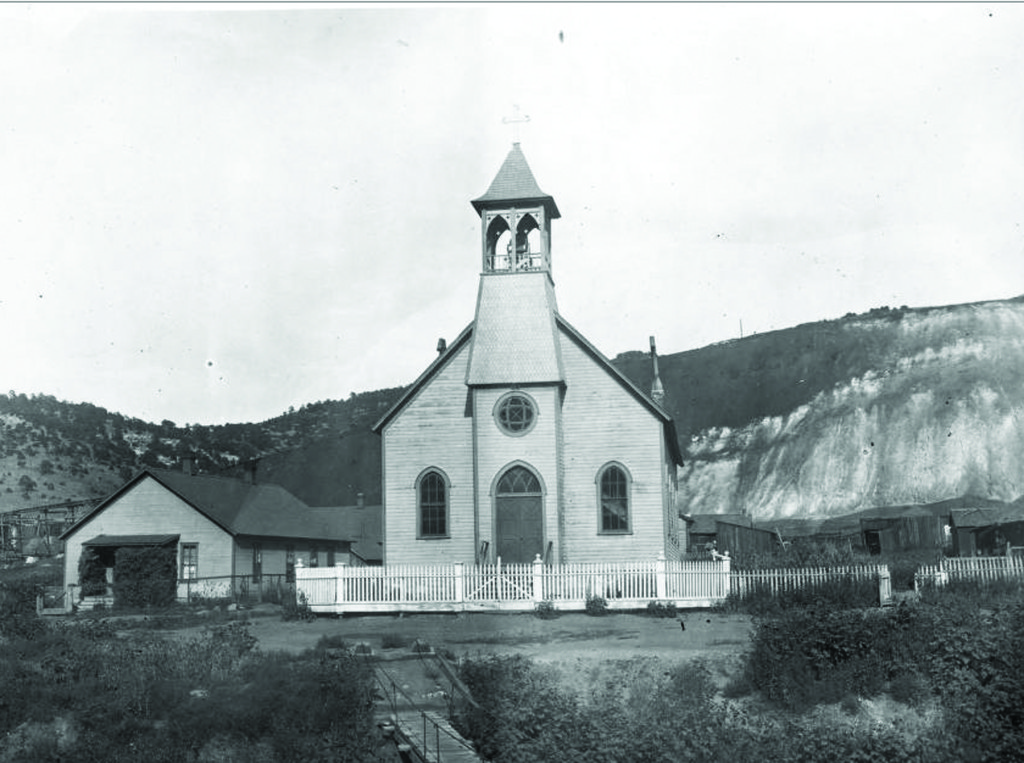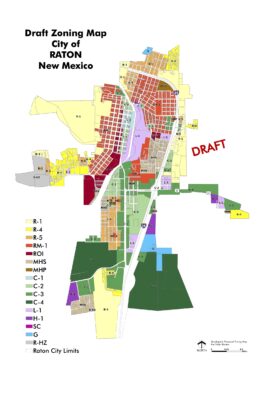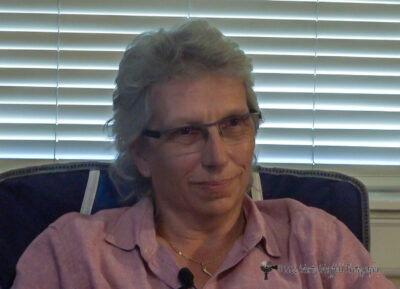by Nancy Christofferson
 TRINIDAD — When people go looking for the old coal mining town of Starkville, Colorado, if they’re not paying attention they might find instead the Trinidad WalMart parking lot just off Interstate 25.
TRINIDAD — When people go looking for the old coal mining town of Starkville, Colorado, if they’re not paying attention they might find instead the Trinidad WalMart parking lot just off Interstate 25.Starkville was one of Las Animas County’s earliest coal mines. The first workings were developed as early as 1865 by the Scandinavian Company. The mines were located about four miles south of Trinidad.
Work in earnest began in August 1878, 137 years ago, when the Carbon Coal and Mining Company, Trinidad Coal and Coking Company and the Scandinavian Company began development of three adjoining properties. Trinidad Coal was working the original opening, joined by Carbon Coal. This mine included, according to Dr. Michael Beshoar, two main entries of 1,800 and 2,800 feet respectively and 70 rooms of some 200 feet each. The Scandinavian, working the former Neffe mine, included a 2,000 foot entry with 50 rooms mining a nine foot thick vein.
The camp was named San Pedro and as such gained postal service Jan. 31, 1879. On May 23, 1879, the name was changed to the Starkville post office. The designation was in honor of one Albert G. Stark who was a mine owner in 1872.
The camp adjacent to the Starkville mines had, in 1882, just 35 “substantial” homes and a boardinghouse. Since many miners constructed their own lodgings, there must have been quite a few sub-substantial homes of logs, dirt or rocks, since 300 men were employed and 100 of them had families to house. Only 17 homes of the time belonged to the companies.
Trinidad Coal and Coking Company was a subsidiary of the Atchison, Topeka and the Santa Fe Railway, which built into Trinidad about 1878. After it built across Raton Pass, this stretch of rails became a popular scenic ride between Trinidad and Raton as riders gasped at the “gaping cañons” and “deafening echoes”.
An 1885 guide book reported Starkville was the first station along this terrifying rail experience, describing it as follows. “Here the very heart of the enemy was giving forth by the labor of a thousand men vast quantities of concentrated fire and smoke, blacker than the realms of Hades.” He evidently was not impressed by the industriousness of the camp. The writer further said the population was about 400 and that the output of the mines was mainly used by the railroad company. It seems, however, the Santa Fe skimmed the best coal and consigned the rest to the coke ovens.
Starkville was one of the first coal camps in southern Colorado boasting its own water system, courtesy of the Santa Fe. The railroad company had built a reservoir near Fisher’s Peak in 1881 and piped the water four and a half miles to camp.
Starkville had a public school by 1880, included in Las Animas County District No. 1 with Trinidad. The first school erected was of stone, had three rooms and an enrollment of 45 in 1882. It also served the Methodist and Presbyterian congregations which alternated Sundays.
Early Starkville had no company store, so was home to several privately owned mercantiles and other businesses, including saloons.
A coal strike starting in May 1884 was joined by the miners of Starkville in sympathy with their co-members of the Knights of Labor. These miners finally capitulated in December by accepting a 10 percent reduction in pay and went back to work.
On August 20, 1896 the Santa Fe railroad leased all its coal and coke properties to Colorado Fuel and Iron Company. At the time, the mine was said to have the largest number of miles of underground rail tracks than any other owned by the CF&I. By May 1902, CF&I, while noting the mine had always been “a heavy producer”, was churning out 40,000 tons a month and paying its 650 employees, “men and boys”, some $35,000 monthly.
On August 23, 1897, CF&I purchased the remaining two general stores in Starkville, and combined them into the new Colorado Supply Company Store No. 14. One S.Z. Schenck was the first manager, followed by F.H. McElfresh. The store was housed in a commodious frame building, 132 by 56 feet plus a basement, that was said to carry everything from sewing supplies to lumber wagons. The store had its own bank and patrons could open savings accounts.
In 1899, CF&I built washeries to clean the coal of surface impurities before it was coked. The mine was electrified that year as well.
Prior to 1882, the mines at Starkville were said to be safe, with no damp or gas, and therefore no deaths. That changed with the expansion of the mine, employment and population. A rather surprising number of men died in the mine by electrocution, though accidents involving mules continued. Rock falls and machinery claimed others. A typhoid epidemic that spread through southeastern Colorado in 1902 sickened many in Starkville for months. Most of the more than 100 victims were treated at the camp dispensary, but the weakest were sent to CF&I’s Corwin Hospital in Pueblo for intensive treatment.
The census of 1900 showed 3,106 people called Starkville home. There were now three schools with a combined enrollment of 450. A measly crew of six teachers was employed, or an average of 75 students per instructor.
The folks at Starkville were described by the CF&I’s Sociological Department as “extremely sociable”. There were active chapters of the Knights of Pythias, Independent Order of Red Men, Independent Order of Odd Fellows, Star of Italy, and the Tyrolean Hunters (whatever that was). In addition, there was a Literary Society and church organizations.
In 1900, the company built a recreation center in lieu of the later YMCAs that organized activities in the larger camps. This was called Harmony Hall, a four room structure with separate spaces for the kindergarten, recreation, a kitchen and cloakroom. The first two rooms mentioned could be combined into one large hall for meetings or lectures, concerts and dances, the latter of which celebrated everything from birthday to retirement parties. There were Boy Scout troops, cooking classes and basket weaving courses. There were still Swedes, Hispanics and other nationalities that banded together for favorite events like picnics on Raton Creek.
Of course, when CF&I came in, saloons went out. The four mile walk to Trinidad for liquid refreshment was nothing for a thirsty miner, and by 1903, the camp was “getting an unenviable reputation on account of the numerous murders committed here. As usual, John Barleycorn is the one to blame”. The previous year, the night watchman, Stewart Sample, 53, died of his injuries after wrestling with robbers. In February 1903, a public gunfight caused one death.
Drunkeness had nothing to do with Starkville’s greatest disaster. On Oct. 8, 1910, a spark from a runaway trip ignited dust in the mine and caused an explosion. Fifty-six men were killed outright. Most of these miners hailed from Poland, Italy and Slavonish countries.
These same nationalities pitched in during World War I to insure Starkville met its full quota of monetary subscriptions in the Third Liberty Loan supporting the American war effort. They totaled a staggering $38,000.
Following the war, coal mines fell victim to a changing fuel market as gas and oil took over. Between 1922 and 1930, CF&I was forced to close 13 mines, six of which were in Las Animas County. Starkville was closed in 1922, though its post office survived until 1975. More than six million tons of coal had been extracted.






